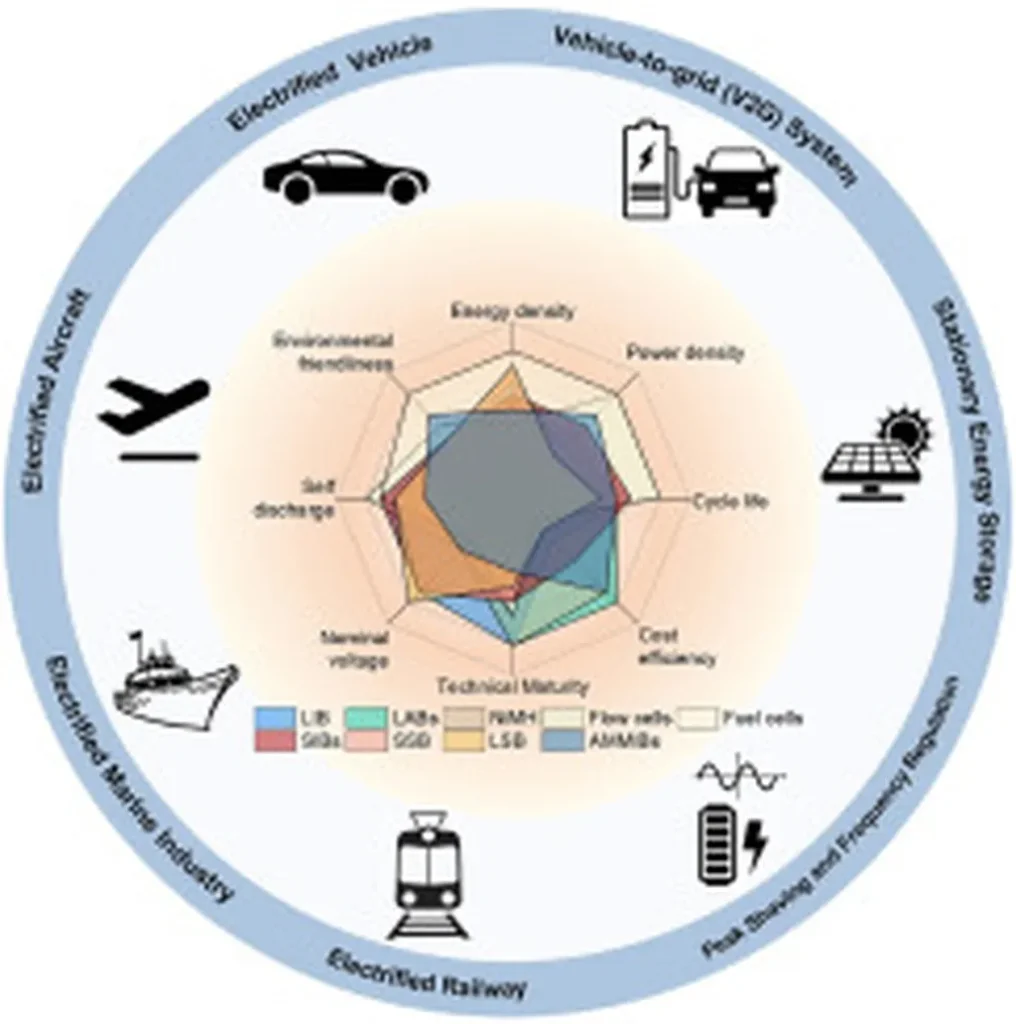In the quest for more efficient and reliable energy storage, researchers have made a significant stride with a novel approach to smart battery systems. A study published in the IEEE journal Access, details a method that could revolutionize how batteries are managed and integrated into the grid. The research, led by Ediward Amaral Carelli from the Graduate Program in Electrical Engineering at Universidade Federal de Juiz de Fora (UFJF) in Brazil, focuses on pulsed current operation and adaptive state-of-charge (SOC) balancing for smart battery energy storage systems.
At the heart of this innovation is the integration of a half-bridge converter into each battery, allowing for pulsed current operation. This setup enables more precise control over the charging and discharging processes, which is crucial for extending battery life and improving overall performance. “By using pulsed current, we can better manage the battery’s state-of-charge, reducing wear and tear and enhancing efficiency,” Carelli explains.
The study explores two SOC balancing strategies. The first uses a proportional controller, a method already familiar in the industry. The second, however, introduces an adaptive controller that dynamically adjusts its gain based on real-time SOC deviations. This adaptive approach has shown promising results, reducing balancing time by approximately four times compared to the proportional controller-based method.
One of the most compelling aspects of this research is its examination of the interactions between the smart battery pack and the power conversion system (PCS) in a grid-connected application. The adaptive balancing scheme not only speeds up the balancing process but also ensures stable regulation of the DC bus voltage. This stability is crucial for minimizing fluctuations caused by battery switching, thereby ensuring reliable active power delivery.
The implications for the energy sector are substantial. As renewable energy sources like solar and wind become more prevalent, the need for efficient energy storage solutions grows. Smart batteries that can adapt in real-time to varying energy demands and supply conditions will be instrumental in creating a more resilient and reliable grid. “The ability to dynamically adjust the SOC balancing process means we can better integrate renewable energy sources into the grid, making the system more robust and efficient,” Carelli adds.
The research also delves into the impact of battery bypass on the DC bus voltage and power processing in a two-stage PCS. The findings suggest that the proposed balancing strategies can significantly improve the overall performance of the energy storage system, making it more suitable for commercial and industrial applications.
The study’s validation through simulations in PLECS and Control Hardware-in-the-Loop (C-HIL) experiments adds a layer of credibility to the findings. These rigorous tests demonstrate the practical viability of the proposed methods, paving the way for future developments in the field.
As the energy sector continues to evolve, innovations like these will play a pivotal role in shaping the future of energy storage. The work by Carelli and his team at UFJF represents a significant step forward, offering a glimpse into how smart batteries could transform the way we store and manage energy. With the research published in the IEEE journal Access, the scientific community now has a robust framework to build upon, potentially leading to even more advanced and efficient energy storage solutions in the years to come.

